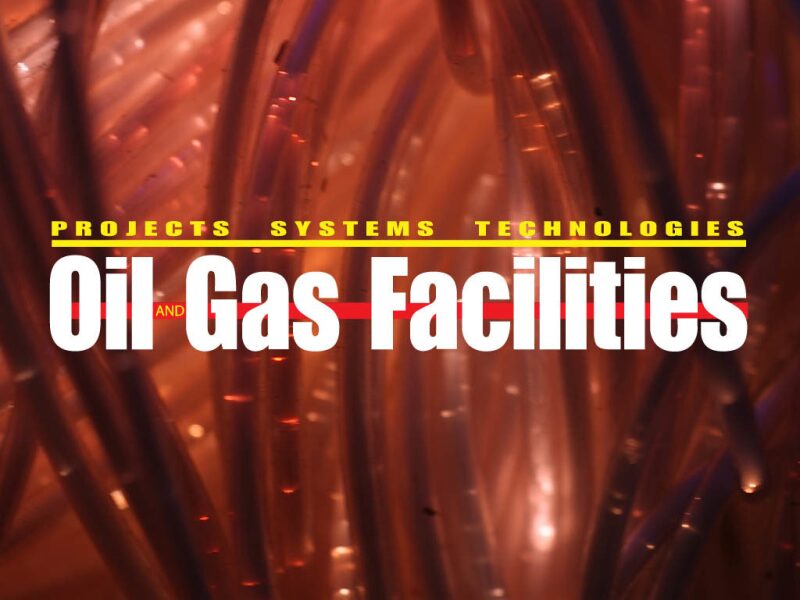Facility operability is a matter of safety and efficiency. Though most facilities are built and operated successfully, problems sometimes arise during the design phase that can lead to costly incidents. An industry expert said operators and project teams need a system in place to prevent these problems from becoming major issues.
In a presentation held by the SPE Gulf Coast Section’s Projects, Facilities, and Construction study group, Bill Capdevielle, an oil and gas consultant and former offshore installation manager at Mobil North Sea, outlined his philosophy for designing operable facilities. The presentation focused on production operations, which involve the organization charged with the sustainable business performance of an asset, facility operations, or the on-site organization that has custody of and controls the facility.
Capdevielle listed four foundational concepts for facility operability. First, it is easier to manage a project earlier in its timeline. The longer it takes to fix a problem, the more the project will cost. Capdevielle said that while facilities with poor operability can suffer from significant downtime and production loss, eventually operators can make the corrections needed for improvement, but at higher costs.
Second, the development of sound facility operability does not increase project cost or delay schedule.
Third, facility operability is not the responsibility of the project team, but rather the operator, Capdevielle said. Since it will own the facility, the operator must be involved in the early phases of the project. The project team’s main responsibilities are the costs and schedule, while the operator deals with the lifetime costs, capital expenditures, and optimizing the project’s value throughout its life cycle.
“I view it as checks and balances against the project team, like the Congress and the president,” he said. “[The operator] will provide the pull toward a true business optimization, and that will, hopefully, come with time and money. Sometimes the operating organization, in its own budget, will pay for the people that are assigned to the operations and with that will come time. They don’t have other duties that will pull them away from supporting the project.”
Lastly, facilities are part of a business, and a goal for operators is to make the business profitable, sustainable, and safe for people and the environment.
Having a value proposition is a crucial element of operability, Capdevielle said. Operators need to clearly define the purpose of the project, and as it develops further, the value proposition will transform into a basis for the facility’s design. They also must have some guiding philosophies in design and operability.
“You can’t say you’re going to have a 100-person crew and then have the facilities team design quarters for 50 people. There has to be that tie in developing the operating organization so that the facilities are complete and ready to go at startup,” he said.
Work management and maintenance management systems must be put into place, along with competency assurance for the people working in the facility, and operating procedures for black, cold, and hot starts, and normal and emergency shutdowns. Facility documentation (e.g., equipment catalogs, parts lists, repair procedures, and specifications) helps accelerate diagnostics and repairs in the case of equipment failure, validates operating and repair procedures, and enhances safety.
Operations assurance is also necessary, Capdevielle said. Operability audits should be performed throughout the engineering, procurement, and construction phases to ensure that the facility is on schedule and on cost, and to address problems that arise. There should also be an operational readiness review to see if the operations organization is built and that sales contracts, vendor contracts, a reservoir management plan, and a well surveillance plan are in place.
Capdevielle identified eight factors for successful operability of a facility. They are
- The involvement of the operator
- 3D modeling
- Reliability, availability, and maintainability studies
- Operation squad checks of the facility engineering and engineering squad checks of the facility’s operability to ensure that the procedures conform to design and vice versa
- Operability activities in the project schedule
- An operability management plan
- Procurement
There are uncertainties in operability planning. For example, more wells may need to be drilled in the future, or a water injection system that was not built into the original facility design may need to be installed. While acknowledging the operators’ need for flexibility in their planning, eventually they must make firm decisions and live with them.
“At some point in time, you have to make an assumption and say you’re going to go with it,” Capdevielle said. “So as you go through your concept selection, a lot still would be uncertain, but hopefully, you’d have a probability curve. As you get into FEED [front-end engineering and design], you hope you have a good handle on that.”

